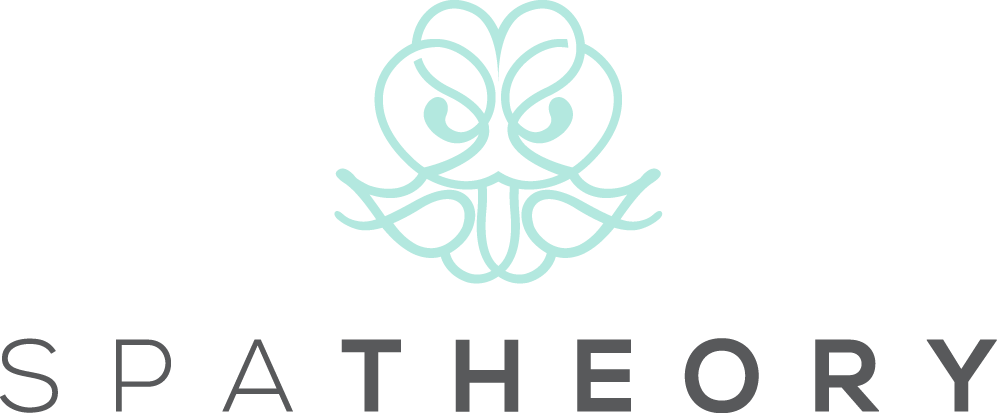Chiropractic Massage Explained
In a world where the quest for holistic health and well-being is ever-evolving, a chiropractic massage can be a great way to rejuvenate your muscles and boot your self-care routine. But what are the benefits of combining the precise, alignment-focused approach of chiropractic care with the soothing, therapeutic benefits of massage? Let’s take a look.
What is Chiropractic Massage?
Chiropractic massage is a comprehensive treatment strategy that blends the structural alignment techniques of chiropractic care with the soft tissue healing methods of massage therapy. This holistic approach targets the musculoskeletal system - focusing on the bones, muscles, and joints - not just to relieve pain but also to improve overall body function. By addressing both structural and muscular issues, chiropractic massage goes beyond the surface to treat the root causes of discomfort and imbalance.
Benefits of Chiropractic Massage
Alignment and Posture Improvement
One of the standout benefits of chiropractic massage is its ability to enhance body alignment and posture; poor posture can lead to a myriad of health issues, including back pain, neck strain, and decreased mobility. Through targeted adjustments and massage techniques, chiropractic massage works to realign the spine and strengthen supporting muscles, promoting a healthier posture and preventing future discomfort.
Pain Relief and Muscle Tension Reduction
For those suffering from chronic pain or muscle tension, a chiropractic massage can be a highly effective solution; the combination of chiropractic adjustments to correct misalignments and massage therapy to soothe tense muscles can provide significant pain relief.
Improved Joint Functionality
Chiropractic massage also plays a crucial role in enhancing joint mobility and functionality; by restoring proper alignment and improving circulation to the joints, chiropractic therapy can reduce stiffness, increase range of motion, and support the body's natural healing processes. So whether you're an athlete looking to improve performance or simply seeking to maintain healthy joint function, this dual method can be a valuable addition to your wellness routine.
Stress Busting
Aside from its medical benefits, getting a massage is also great for your wellbeing; from improving your sleep to helping you manage your stress levels. It can even be a fun date night, so why not plan your couples spa day and enjoy an evening of relaxing, soothing rejuvenation?
Safety Considerations with Chiropractic Massage
Qualified Practitioners
If you’re thinking about taking the plunge and getting a chiropractic massage, it's essential to seek treatment from a qualified and experienced practitioner. Your chosen chiropractor or massage therapist should be licensed and trained in their respective fields, ensuring they provide safe and effective care. Researching practitioners’ credentials and reading reviews online can help you find a professional who ticks every box.
Patient Assessment
A thorough patient assessment is a critical first step in any chiropractic massage therapy plan, so your practitioner should evaluate your medical history, current health status, and any other specific concerns before beginning treatment. This helps in creating a personalized treatment plan that addresses your unique needs while minimizing the risk of injury or discomfort.
Communication Between Practitioner and Patient
Open and ongoing communication with your practitioner is key to a successful treatment outcome. Be sure to express any concerns, ask questions, and provide feedback throughout your therapy journey; a collaborative approach ensures that your treatment remains aligned with your health goals and comfort levels.
For more information, you might want to take a look at our guide on orthopedic massage vs medical massage for more detailed guidance on combining medical treatments with massage therapy.
What to Expect from Chiropractic Massage Therapy
Consultation
Generally speaking, your chiropractic massage experience will usually begin with an initial consultation: during this session, your practitioner will gather detailed information about your health history and specific needs, while also giving you the opportunity to discuss your goals for therapy and any particular areas of concern.
Techniques
When it comes to the massage itself, this form of therapy typically incorporates a variety of techniques, each selected to support your health objectives. From spinal adjustments and manipulation to deep tissue massage and trigger point therapy, your practitioner will use a combination of methods to address structural imbalances and muscle tension, and will employ a unique blend that works best for your needs.
Busting Common Misconceptions about Chiropractic Massage
Chiropractic Massage is Only for Injury Recovery
One of the most prevalent misconceptions about chiropractic massage is that it's solely for those recovering from injuries. While it is true that it's highly effective in rehabilitation contexts, its benefits extend far beyond a purely medical perspective. Preventative care, performance enhancement, stress reduction, and general health maintenance are all compelling reasons to pursue chiropractic massage therapy.
It’s Too Painful to Be Beneficial
Another common myth is that chiropractic massage is inherently painful. While some techniques may involve deep tissue work or adjustments that can cause brief discomfort, a skilled practitioner will always prioritize your comfort and adjust their approach based on your feedback and tolerance levels. The goal is to relieve pain and improve function, not to cause unnecessary discomfort - if you’re experiencing extensive pain, you should speak with your therapist and consider adjusting certain techniques.
Results Are Immediate
Finally, while many patients do experience significant relief after just one session, chiropractic massage often requires a series of treatments to achieve optimal results, especially for chronic conditions. Progress can be gradual, and patience is key. Above all, it's important to set realistic expectations and communicate openly with your practitioner throughout your treatment journey for the best results.


